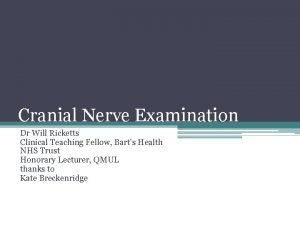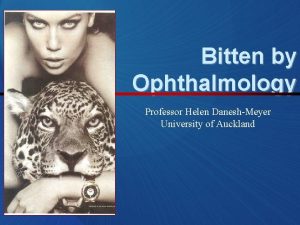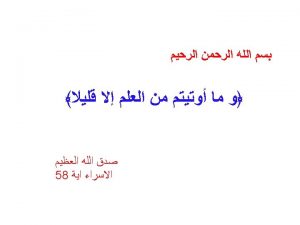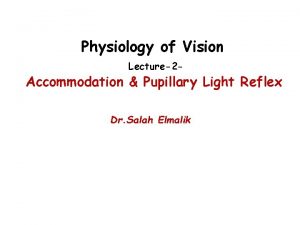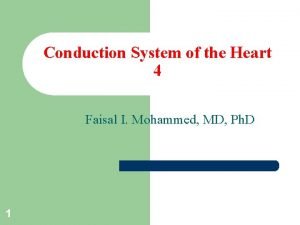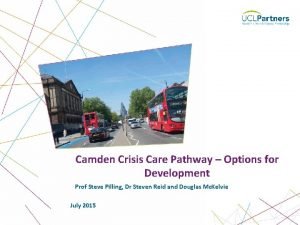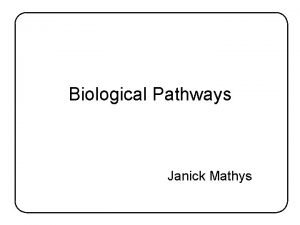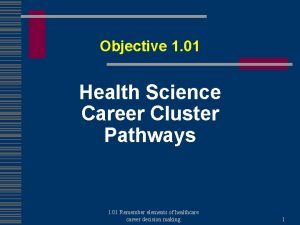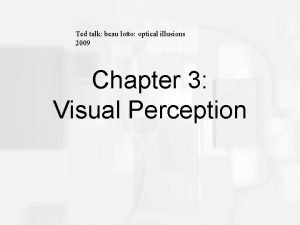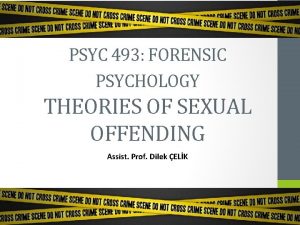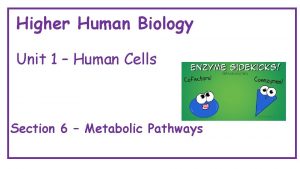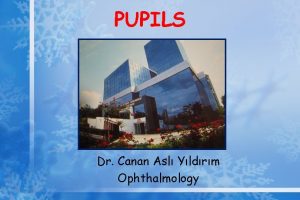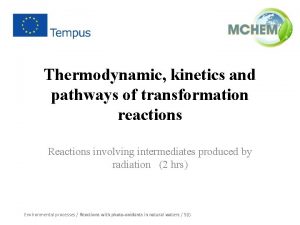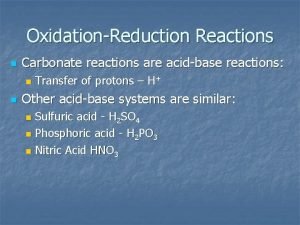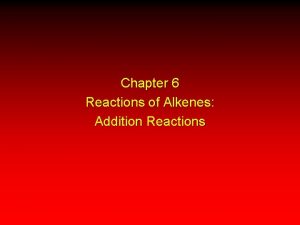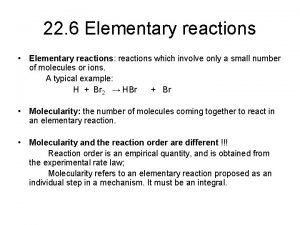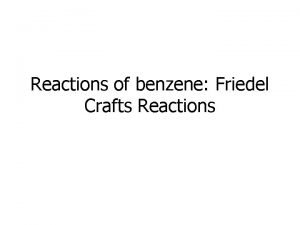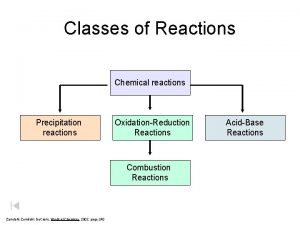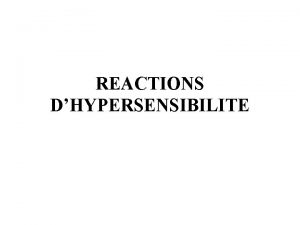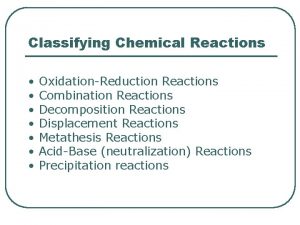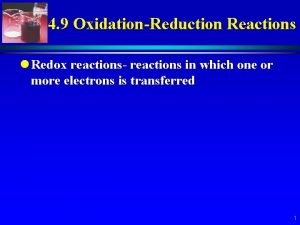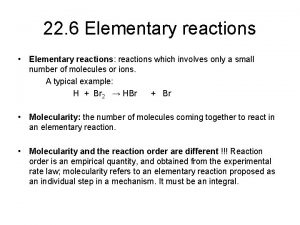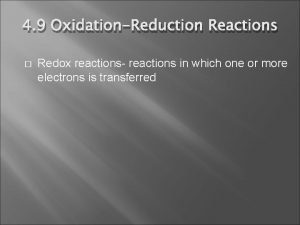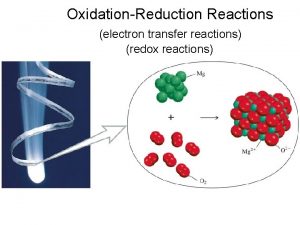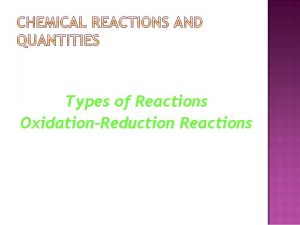Pupillary pathways reactions Dr C R Thirumalachar Pupillary
























- Slides: 24

Pupillary pathways & reactions Dr. C. R. Thirumalachar

• Pupillary constrictor/ spincter-innervated by parasympathetic • Pupillary dilator – innervated by sympathetic • Evaluation of pupil- Diagnostic clue to ocular, neurological, medical, surgical and paediatric diseases

Light reflex: Direct & Consensual – Afferent pathway • Initiated by retinal photoreceptors • Transmitted along optic nerve • Undergo a hemidecussation at the optic chiasma (nasal fibres cross over) • Proceeds along optic tract • Short of lateral geniculate body- enters midbrain via sup. Brachium of sup. Colliculus • Synapses at pre- tectal nucleus • Ends in both Edinger westpal nucleui

• A second decussation occurs around aqueduct of sylvius • Decussation at chiasma & midbrain level between pretectal nucleus & Edinger Westpal nucleus accounts for consensual light reflex • E. W. nucleus (pupillo motor constrictor centre) • Efferent fibres tract along 3 rd nerve-nerve to inf. Obl. • Enter the ciliary ganglion through its short motor root • Synapse & relay at ciliary ganglion • Post ganglionic fibres reach ciliary muscle and iris spincter through short ciliary nerves

Light Reflex

Near relex • Accomodation reflex: • Stimulus : Blurring of retinal images when object is near • Retina- Optic nerve – Optic chiasma- Optic tract. Optic radiations- Lat geniculate body- visual cortex – cortical association areas- occipito mesencephalic tract- mid brain- E. W. nucleus- 3 rd nerve- accessory ciliary ganglion along short ciliary nerves- ciliary muscle and pupil constrictor

Near reflex- convergence relex • Co contraction of both medial recti • Proprioceptive impulses originate and travel along 5 th nerve • Reach mesencephalic root of 5 th nerve • Transmitted to EWP nucleus in midbrain via convergence centre (Perlias N) • From EWP efferent pathway same as accomodation reflex

Accomodation Reflex

• Dilator pathway • Hypothalamic dilator centre - part of sympathetic system • Descends through brainstem to the spinal cord • C 8 - T 2 segments of spinal cord cilio spinal centre of Budge

• Emerge out of spinal cord – enter paravertebral symp chain & synapses sup cervical ganglion • Symp plexus around carotid artery • Enter cranial cavity along internal carotid artery • Trigeminal ganglion – ophthalmic division – nasociliary nerve- long ciliary nerves- ciliary muscle and dilator pupillae

Sympathetic Pupillary system

Abnormal pupillary reactions • RAPD • RAPD seen in optic nerve & retinal diseases with extensive retinal damage , gross macular lesions. • Accurate quantification of RAPD (using neutral density filters)– is accomplished by determination of the log unit difference needed to balance the pupil reaction between the 2 eyes

Marcus Gunn Pupil -When the contralateral/normal eye is covered, pupil on the affected side dilates -When the affected eye is covered pupil of the normal eye remains unaffected. – Light is thrown on ipsilateral side(affected side); Ipsilateral direct reflex & contralateral consensual reflex- sluggish and ill sustained. – Light thrown on contralateral side (normal side) direct & consensual (affected side) is normal & well sustained

-If light is kept persistently on affected side, pupil may show initial sluggish contraction but contraction is ill sustained & gradually shows paradoxical dilatation -Indicates conduction defect along efferent pathway (Optic nerve, Optic chiasma, part of optic tract, dorsal mid brain )

• Argyll Robertson pupil(ARP) – Occurs in neurosyphilis, Tabesdorsalis, G. P. I. – Pupil is usually constricted ( involvement of descending sympathetic dilator fibres) – Light reflex is absent – Accomodation reflex , near reflex retained – Site of lesion –Pretectal nucleus. (dorsal mid brain)

• Horner’s syndrome : – Involvement of cervical sympathetic – Miosis, partial ptosis, enophthalmos & anhydrosis – Iris heterochromia

• Pourfour de Petit Syndrome – This syndrome is the clinical opposite of Horner syndrome. It represents oculosympathetic overactivity – unilateral mydriasis, lid retraction, apparent exophthalmos, and conjunctival blanching – Seen after trauma, brachial plexus anesthetic block or other injury, and parotidectomy

• Hemianopic pupil ( wernicke’s pupil ) – Seen in optic tract lesions with hemianopia – Stimulating the blind half of retina pupil shows no reaction – Stimulating seeing half of retina pupil shows reaction – Difficult to elicit – due to scattering & diffusion of light – Use a narrow streak of light

Hutchinson’s pupil • Useful in assessment of head injuries • Stage 1 : Ipsilateral pupil (on the side of head injury shows contraction due to irritation, Contralateral (normal) pupil –normal • Stage 2 : Ipsilateral pupil shows dilatation due to paralysis , contralateral pupil constricts (irritation spreads to normal side)

• Stage 3 : Both pupils dilate. Stage of bilateral paralysis. To assess pupil repeatedly is important, therefore mydriatics should be avoided in case of head injuries

• Adie’s tonic pupil: Characterised by – large unilaterally dilated pupil – Absent / poor light response – In near response , there is slow / tonic contraction of the iris – May be associated with loss of deep tendon reflexes (Adie’s syndrome) – Seen in young women

• Pupil in 3 rd nerve palsy – Dilated – Non reactive – Absolute motor paralysis – Associated with ptosis, deviation of eyeball

• Pupil in diabetes – Constricted – Sluggishly reactive due to • Glycogen infiltration of spincter • Autonomic denervation • Arteriosclerosis of radial iris vessels

Thank You
 Cranial nerve assessment
Cranial nerve assessment Professor helen danesh-meyer
Professor helen danesh-meyer Pupillary reflex
Pupillary reflex Optic tract
Optic tract Unit 5 chemical reactions answers
Unit 5 chemical reactions answers Redox half reactions
Redox half reactions Section 2 classifying chemical reactions
Section 2 classifying chemical reactions Chemical reactions section 3 reactions in aqueous solutions
Chemical reactions section 3 reactions in aqueous solutions Section 2 classifying chemical reactions
Section 2 classifying chemical reactions Conduction system of heart
Conduction system of heart What are the 3 pathways to paternity?
What are the 3 pathways to paternity? Camden ccg pathways
Camden ccg pathways Pathways village grand junction
Pathways village grand junction The pathways to new ventures for entrepreneurs
The pathways to new ventures for entrepreneurs Metabolic pathways
Metabolic pathways Wisconsin career pathways
Wisconsin career pathways Pathways of weathering
Pathways of weathering Health science career cluster jobs
Health science career cluster jobs Cognitive psychology
Cognitive psychology Ward and siegert's pathways model
Ward and siegert's pathways model Delirium care pathways
Delirium care pathways Organic chemistry reaction pathways
Organic chemistry reaction pathways Where is the av node located?
Where is the av node located? Higher human biology metabolic pathways
Higher human biology metabolic pathways West los angeles college
West los angeles college
